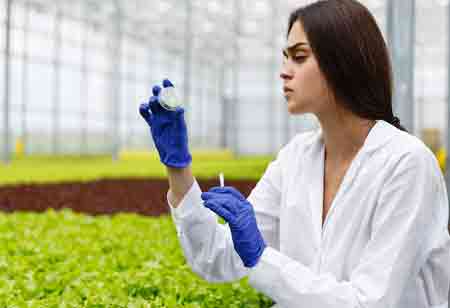FREMONT, CA: Agrochemicals refer to a range of agricultural substances that encompass fertilizers, pest control agents like insecticides, and plant growth regulators. These materials are essential for the functioning of an agricultural ecosystem. Examples of agrochemicals include herbicides, pesticides, soil pH modifiers such as liming and acidifying agents, soil enhancers, fungicides, and chemicals used in livestock production, including antibiotics and hormones.
The usage of agrochemicals has become a top priority for crop production. Agrochemicals play an essential role in modern husbandry. Because of intensive agricultural operations on large farms, the issue of keeping crops damage-free has become a top focus. Agrochemicals were introduced to help crops resist pests and enhance harvests. Pesticides and composts are the best-known agrochemicals.
Advantages of agrochemicals
Agrochemicals allow farmers to produce more crops per acre of land over a longer period of time. They protect crops from pests, diseases, and weeds, guaranteeing a successful harvest. It also offers environmental benefits because it requires less land to generate large harvests, which reduces the rate of deforestation. The sterility of land is also preserved.
Types of agrochemicals
Crop protector: It primarily consists of pesticides. These are the chemicals that farmers use to keep pests away from crops. In general, a pesticide can be a chemical or biological product, such as a fatal illness, bacterium, antibiotic, or disinfectant, that deters, incapacitates, or kills insects. Pesticide use is consequently treated as a substitute for plant protection. Pesticides are classified into several sorts, including herbicides (chemicals that kill weeds), insecticides (chemicals that kill insects), rodenticides (chemicals that kill rodents), and fungicides.
Plant supplements: Plant supplements are naturally occurring substances that are high in micro and macro nutrients needed by plants. They are used to improve plant growth, fruit ripening, and disease resistance. They may include nitrogen, phosphorus, potassium, magnesium, calcium, and sulfur. They promote the formation of new cells, which eventually organise into plant tissues. Growth and survival would be impossible if these nutrients were deficient.

